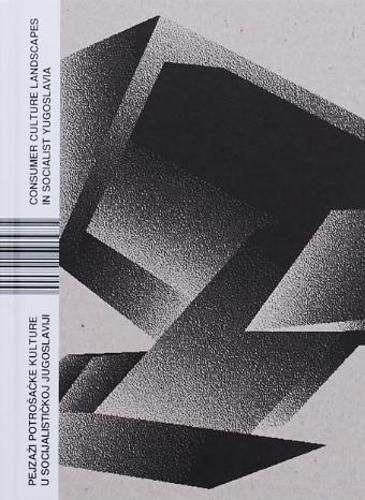Readings Newsletter
Become a Readings Member to make your shopping experience even easier.
Sign in or sign up for free!
You’re not far away from qualifying for FREE standard shipping within Australia
You’ve qualified for FREE standard shipping within Australia
The cart is loading…






As MoMA’s recent exhibition Toward a Concrete Utopia showed, the Socialist Republic of Yugoslavia launched a unique experiment with progressive social policies, matched by unique urban and spatial development. The period from the end of the 1960s up to the country’s disintegration in the 1990s is an ambiguous period, however: while according to some researchers the market-oriented economic reforms brought a much-needed opening and liberalization, according to others it marked the decline of the revolutionary demand for equality and the ascent of consumerism. Organized around an architectural typology, Consumer Culture Landscapes in Socialist Yugoslavia delves into the complexities of this period. It focuses on the sports and shopping centre Koteks Gripe in Split and similar architectural complexes in Sarajevo, Novi Sad and Prishtina, all designed by the Sarajevo based architect Zivorad Jankovic and associates; from these examples the book expands towards broader considerations of the architectural transformations of the Yugoslav modernist project.
$9.00 standard shipping within Australia
FREE standard shipping within Australia for orders over $100.00
Express & International shipping calculated at checkout
As MoMA’s recent exhibition Toward a Concrete Utopia showed, the Socialist Republic of Yugoslavia launched a unique experiment with progressive social policies, matched by unique urban and spatial development. The period from the end of the 1960s up to the country’s disintegration in the 1990s is an ambiguous period, however: while according to some researchers the market-oriented economic reforms brought a much-needed opening and liberalization, according to others it marked the decline of the revolutionary demand for equality and the ascent of consumerism. Organized around an architectural typology, Consumer Culture Landscapes in Socialist Yugoslavia delves into the complexities of this period. It focuses on the sports and shopping centre Koteks Gripe in Split and similar architectural complexes in Sarajevo, Novi Sad and Prishtina, all designed by the Sarajevo based architect Zivorad Jankovic and associates; from these examples the book expands towards broader considerations of the architectural transformations of the Yugoslav modernist project.